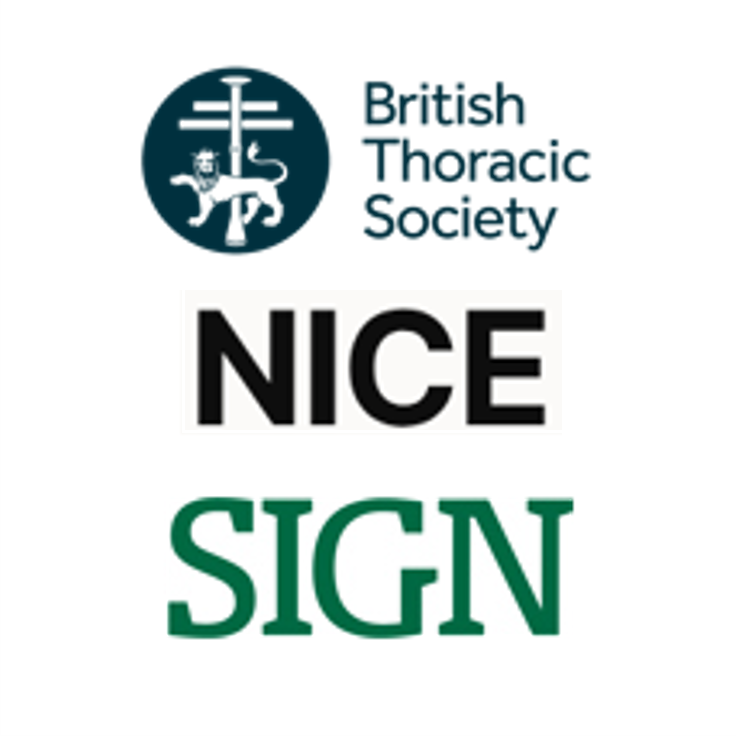Why the committee made the recommendation
The committee recommended regular low-dose ICS plus SABA as needed as initial treatment for children diagnosed with asthma. Several studies were available which directly addressed the question of optimal add-on therapy for children whose asthma is not controlled on this treatment. This evidence for MART was from a single study which showed that MART was superior to both regular moderate-dose ICS plus SABA as needed and to regular low-dose ICS/LABA plus SABA as needed. It reduced the number of exacerbations, reduced the need for reliever inhaler and caused fewer adverse events. The economic analysis done for this guideline update also supported the clinical evidence and the committee’s discussion, with the MART regimen associated with fewer costs and more quality-adjusted life years (QALYs) than both ICS/LABA plus SABA as needed and ICS plus SABA as needed.
The results for the comparison of regular low-to-moderate dose ICS plus SABA as needed with regular low-dose ICS/LABA plus SABA as needed were equivocal, with fewer exacerbations on regular treatment with low-to-moderate dose ICS but more hospital admissions.
The committee agreed that paediatric low-dose MART is the best treatment for a child whose asthma is uncontrolled on regular paediatric low-dose ICS. They noted that MART is currently not licensed in the UK below the age of 12, although the key study recruited children younger than this, with a minimum age of 4 (in September 2025, a budesonide/formoterol dry powder inhaler [100 micrograms/6 micrograms per inhalation] became licensed for MART in children aged 6 to 11). In addition, there were concerns that some children might struggle to use a dry-powder inhaler when particularly breathless. The committee therefore agreed to recommend MART as the preferred treatment providing the child is able to manage the MART regimen and the healthcare professional is willing to prescribe it.
For children whose asthma is uncontrolled on regular paediatric low-dose ICS and who are unable to manage the MART regimen, the choice of treatment would be between adding an LTRA, adding a LABA, or increasing the maintenance ICS dose. The evidence did not show one option to be clearly superior in terms of benefits or adverse events, although the committee noted that prescribers should warn people of possible neuropsychiatric problems with montelukast. (See the MHRA drug safety update on the risk of neuropsychiatric reactions in people taking montelukast.) The committee agreed that adding an LTRA to the regular ICS treatment should be tried first as this limits the child’s exposure to ICS and is less expensive than using ICS/LABA inhalers. They used their knowledge and expertise to recommend further steps if asthma control is not achieved.
The committee also agreed that if asthma control was not achieved on a regular moderate dose of ICS (either as paediatric moderate-dose MART or regular paediatric moderate-dose ICS/LABA plus SABA as needed), an opinion should be sought from a specialist in asthma care before escalating to a paediatric high-dose ICS regimen.
How the recommendation might affect practice
The recommendation for MART as the preferred step-up treatment is new, but this is not intended for children who are stable on current therapy, and introducing it should not be disruptive. It will bring advantages in terms of reducing asthma attacks. In addition, MART will not be suitable for some children, and the recommendations for treatment in this group are in line with current practice. Overall, the changes are modest and will be cost-effective for the NHS.
Full details of the evidence and the committee’s discussion are in evidence review Q: drug combinations and sequencing for asthma management.
